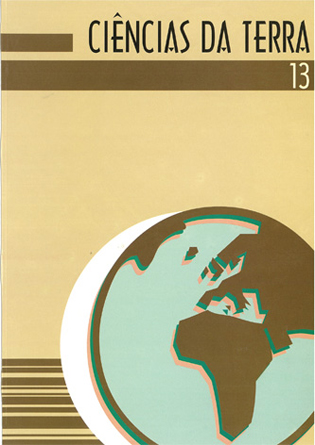The Detrital Origin of the Moncorvo Ordovician Ironstones
Abstract
Key words: magnetite; specularite; martite; detrital minerals; Moncorvo The Moncorvo Ordovician ironstones in northeastern Portugal consist of iron ore sedimentary horizons frequently interbanded with psamites and quartzites. Ore reserves may probably exceed 1000 million tonnes and this makes Moncorvo the largest iron ore deposit in the European Union. Compact poorly banded massive layers may exceed 90 meters in thickness which is quite an extraordinary feature for a Phanerozoic deposit. If the thickness of Precambrian deposits may reach a few hundred meters, the thickness of Phanerozoic deposits never exceed a maximum of 15 meters generally forming a number of comparatively thin layers confined to a particular member of a sedimentary sequence. A detailed microscopic analysis of the ores revealed that initially a compact magnetite/quartzite layer, detrital in character (the magnetite occasionally showing chromite cores), was deposited by entrapment in near shore lagoons where rivers debouched, rather than in the open sea. This stage was followed by oscilating and transgressive shore lines which gave rise to breaks in sedimentation in combined river delta and shallow water marine environment where detrital material and fine iron oxide and clay suspensions were deposited in fluctuating environments. These events gave rise to layers of both magnetite (martite) and specularite intergrown with quartz, silicates and phosphates. Textural and mineralogical studies show that the deposits consist of ferruginous clastic sediments and are not chemically deposited cherts. Field, geological and palaeontological evidence also supports a detrital origin, the facies being typical of zones rich in oxygen and close to the feeding continent. The uncommon huge development of Moncorvo was due to the fact that the deposits occur in restricted basins on a continental platform were clastic sediments were predominantly deposited. Not only morphologically but also chemically the deposits are more similar to Precambrian iron formations than to Phanerozoic ironstones.Downloads
Published
2009-05-07
Issue
Section
Articles






